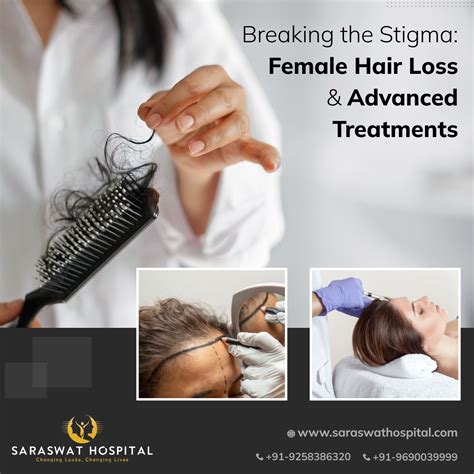Hair loss on top of head is a common problem that affects both men and women. There are many possible causes, and the best treatment will depend on the underlying cause. In this article, we will discuss the five most common causes of hair loss on top of head and provide nine possible treatments.

- Androgenetic alopecia is the most common cause of hair loss in both men and women. It is genetic and caused by a hormone called dihydrotestosterone (DHT). DHT shrinks hair follicles, which can eventually lead to hair loss.
- Alopecia areata is an autoimmune condition that causes patchy hair loss. It is thought to be caused by the body’s immune system attacking hair follicles.
- Telogen effluvium is a temporary hair loss condition that is caused by a stressful event, such as a major surgery, illness, or emotional trauma.
- Anagen effluvium is a type of hair loss that is caused by chemotherapy or radiation treatment. These treatments can damage hair follicles and lead to hair loss.
- Tinea capitis is a fungal infection of the scalp that can cause hair loss. It is also known as ringworm of the scalp.
- Minoxidil is a topical medication that is used to treat hair loss in men and women. It is available in over-the-counter and prescription forms. Minoxidil works by increasing blood flow to the hair follicles and stimulating hair growth.
- Finasteride is a prescription medication that is used to treat hair loss in men. It works by blocking the production of DHT, which is the hormone that causes hair loss in men.
- Dutasteride is a prescription medication that is used to treat hair loss in men. It works by blocking the production of DHT and another hormone called testosterone.
- Laser therapy is a non-invasive treatment for hair loss that uses low-level lasers to stimulate hair growth.
- Platelet-rich plasma (PRP) is a type of therapy that uses the patient’s own blood to promote hair growth. PRP is injected into the scalp, where it releases growth factors that can stimulate hair follicles.
- Hair transplant is a surgical procedure that involves removing hair follicles from one part of the scalp and transplanting them to the balding area.
- Scalp micropigmentation is a cosmetic procedure that involves tattooing tiny dots of pigment onto the scalp to create the appearance of hair.
- Wigs and hairpieces can be used to cover up hair loss.
- Camouflage products can be used to hide hair loss.
The best treatment for hair loss on top of head will depend on the underlying cause. If you are not sure what is causing your hair loss, it is important to see a doctor to get a diagnosis. Once you know the cause of your hair loss, you can work with your doctor to choose the best treatment option.
Questions to Ask Your Doctor
When you see your doctor about hair loss on top of head, be sure to ask the following questions:
- What is the cause of my hair loss?
- What are my treatment options?
- What are the side effects of each treatment option?
- How effective is each treatment option?
- What are the costs of each treatment option?
Hair loss on top of head is a common problem, but it can be treated. If you are concerned about hair loss, talk to your doctor to get a diagnosis and learn about your treatment options.
